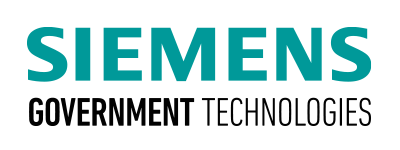As the integration partner, Guidehouse took on the Authority to Operate (ATO) and Interim Authority to Test (IATT) initiatives to implement DDAM as well as the business process reengineering, governance models, and organization change management. These key tenets will be pivotal for successful implementation of DDAM across multiple, disconnected sites.
Furthermore, Guidehouse has continued collaboration efforts with the DOD and industry regarding intellectual property of data for manufacturing parts with OEMs.
Looking ahead, SGT, Guidehouse, and AWS are preparing to implement DDAM in approximately 50 more industrial bases around the world. Also, multiple manufacturing processes will be supported including computer numerical control (CNC) machining, robotic sheet metal forming, and metal selective laser melting (SLM); the first phase solution was demonstrated by additively manufacturing polymer replacement service parts. Finally, a quality feedback feature will be added, allowing shop floor personnel to properly inspect and certify critical parts.
Through a synergistic partnership between NCMS, SGT, AWS, and Guidehouse, access to critical engineering data can be available anytime and anywhere.
This successful demonstration couldn’t have been possible without the input of everyone in uniform who provided solutions and critical feedback about current processes. This is a great example of what can be achieved through teamwork across all the involved parties, including NCMS, the Marines, the industry team, and OSD leaders who understand the need for field personnel to be able to manufacture repair parts on demand through advanced manufacturing initiatives.
Back to Articles
